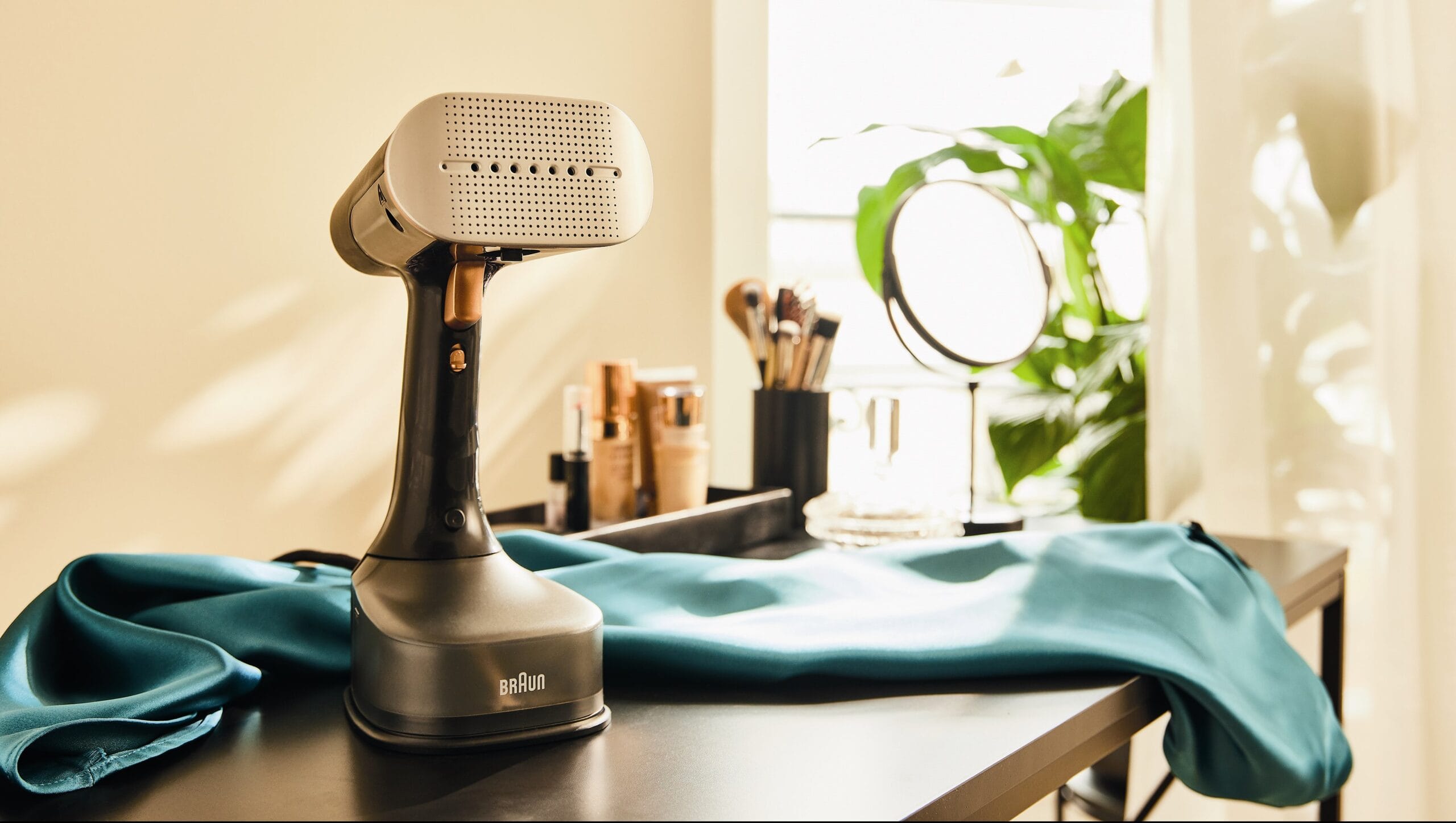Metsä Tissue Shaping the Future of Tissue Paper with Fresh Fiber and Local Production
Updated: June 23, 2025, 11:17 AM
Published: June 10, 2025, 10:00 AM
What does it take to create the tissue paper of the future? For Metsä Tissue Scandinavia, with its tissue paper mills in Mariestad and Småland, the answer lies in the Nordic forests, local production close to customers – and ensuring hygiene and quality by choosing the right fiber for the right product. Today, its mills in Småland are entirely powered by fresh fibers, and at the Future Factory in Mariestad, the proportion will reach 80 percent after the modernization and expansion are fully operational.
Tissue paper is something most people take for granted – but behind every roll lies a long chain of decisions. For Metsä Tissue, it’s about combining sustainability, hygiene, and security of supply – to ensure that consumers get a tissue paper product that is gentle and soft on the skin and always available when needed. With fresh fiber from Nordic forests, local production, and efficient resource utilization, the company strives to lead the resource-efficient development within the tissue paper industry.
“At Metsä Tissue, the main raw material for tissue paper – such as toilet and household paper – is a hygienic and renewable fresh wood fiber that is a clean, absorbent, traceable, and sustainable raw material for tissue paper due to its purity. It results in softer and more hygienic paper while enabling more resource-efficient production,” says Johan Lekman, VP Sales Metsä Tissue Scandinavia.
Metsä Tissue uses both fresh and recycled fiber, but fresh fiber has become an increasingly important part of its strategy for many years. On the one hand, the availability of recycled material has decreased significantly since the 2000s. On the other hand, hygiene requirements for tissue paper products remain high. Recycled fibers must undergo heavy cleaning processes to be suitable for hygienic tissue paper products.
In Metsä’s value chain, every part of the tree is used where it creates the most value for all parties. Pulp – the primary raw material for fresh fiber-based tissue paper – comes from thinnings in the forest and wood chips from sawmills. This raw material is naturally clean and requires minimal processing. Material utilization is close to 100 percent, while energy and water consumption are reduced.
Locally Produced Tissue Paper
An important part of the company’s strategy is local production. Today, almost 90 percent of deliveries in Scandinavia take place within a radius of 500 kilometers from one of the company’s mills. This reduces transport emissions, shortens lead times, and increases security of supply – which currently exceeds 95 percent.
“Producing close to the market is not only sustainable – it is also a strength in uncertain times. Our model creates security for customers during demand fluctuations and ensures the availability of our products. Our commitment to local production also helps to protect against global vulnerabilities in the supply chain and ensures that end-users have continuous access to essential hygiene products,” says Johan Lekman, VP Sales Metsä Tissue Scandinavia.
Metsä Tissue’s investments in modern technology, certified forestry, and local production reflect a clear ambition: to create a cleaner everyday life through the tissue paper of the future, with care for both people and the environment.
About Metsä Tissue
Metsä Group’s business area for tissue and cooking papers, Metsä Tissue, manufactures hygiene products for households and professional use, as well as cooking and baking papers. Our high-quality locally produced brands – Lambi, Serla, Mola, Tento, Katrin and SAGA – create a cleaner everyday life. We promote a culture of diversity, equality and inclusion. In 2024, our sales amounted to EUR 1.2 billion and we have approximately 2,500 employees. Metsä Group’s parent company, Metsäliitto Cooperative, is owned by approximately 90,000 Finnish forest owners.
Learn more at metsagroup.com/sv/metsatissue/om-metsatissue/
This article was produced by Brand Studio in collaboration with Metsä Tissue.
Enjoyed this post by Thibault Helle? Subscribe for more insights and updates straight from the source.

